We’re seeing greater diversity in the classroom
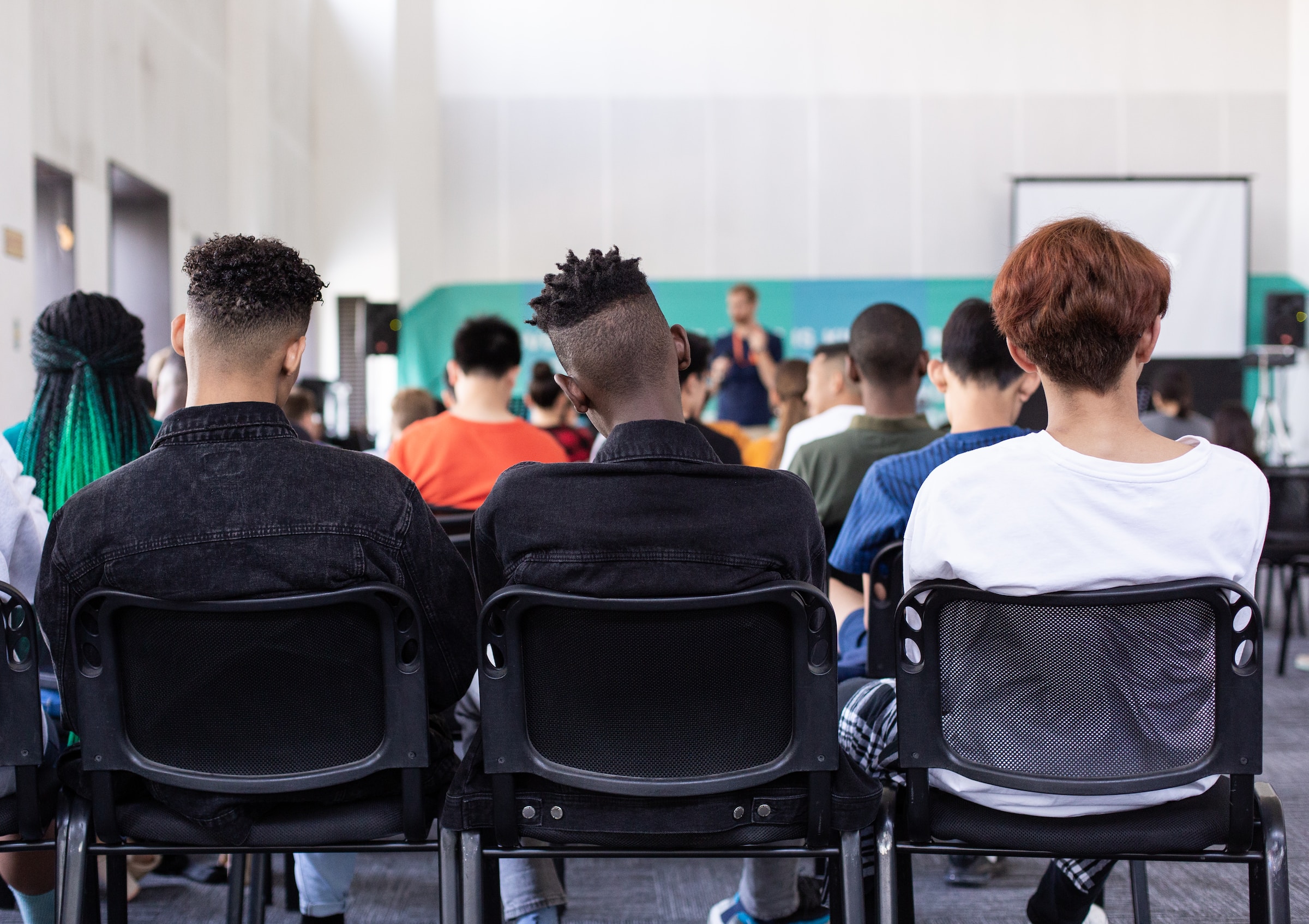
Before 2010, the majority of public school students were white (52.4%), with Hispanic students at 23.1% and two or more races at 2.4%. By 2019, white student enrollment decreased to 46.6%, while Hispanic student enrollment rose to 27.4%, and two or more races to 4.2%. Studies indicate that greater classroom diversity is linked to academic achievements.
Recess time for students has taken a hit
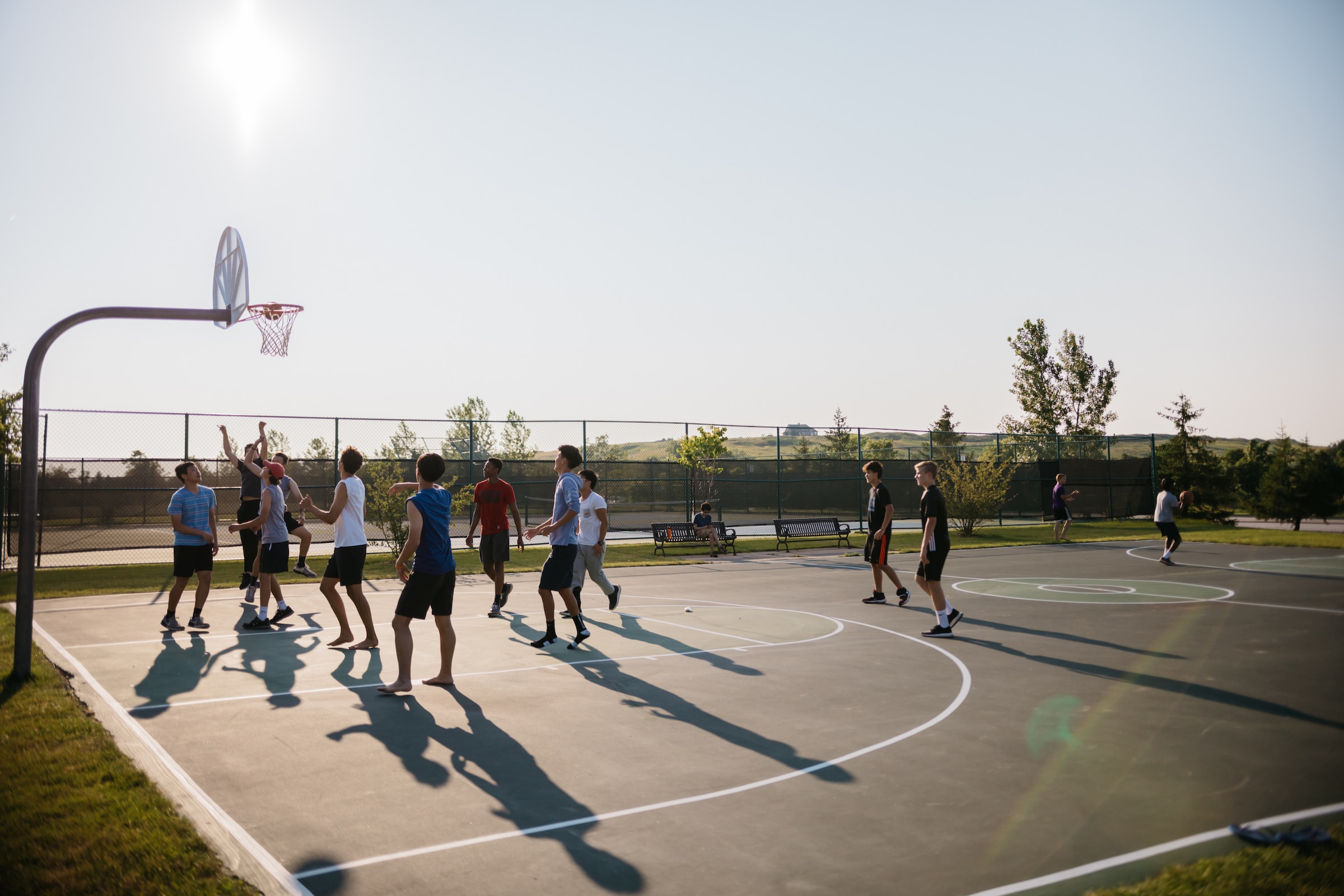
In 2019, the American Journal of Play revealed a distressing lack of play in US schools. With the focus on improving test scores due to factors like the 2009 American Recovery and Reinvestment Act, playtime has been sidelined for test preparation. Consequently, students miss out on crucial social skills, conflict resolution, and fairness comprehension, according to the study.
School active threat levels have increased

As the number of incidents has risen in recent years, the percentage of schools with an active threat response plan rose as well. The National Center for Education Statistics reported that 84.3% of all public schools had a crisis plan in place for an active threat during the 2009–2010 school year, while 92% of schools have one in place for the current 2019–2020 school year. Sadly, this statistic is only rising.
The school cafeteria ‘mystery meat’ is a thing of the past
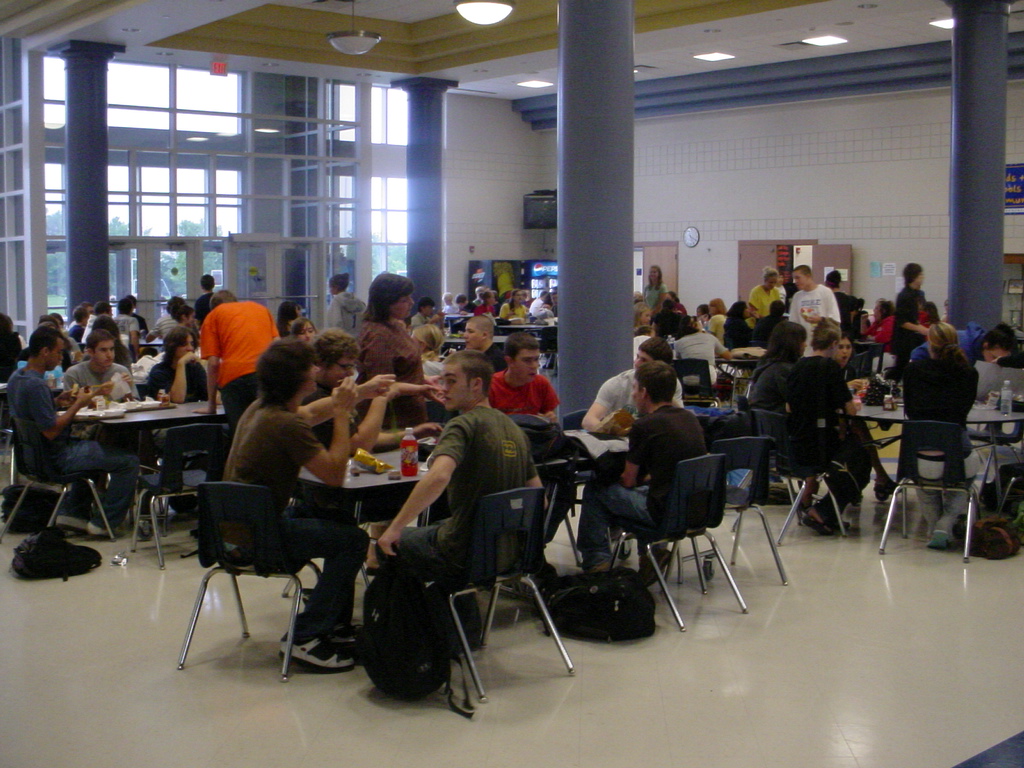
The traditional school cafeteria has evolved significantly over the past decades. Gone are the days of “mystery meat”, as food and nutrition changes have introduced a wide array of choices. Today, students enjoy salad bars, sandwich stations, and even pizza ovens with healthier options like whole-wheat crust and vegetable toppings. Some schools now also offer gluten-free, vegan, and diet-specific alternatives.
Tech availability that would have seemed unimaginable even 20 years ago
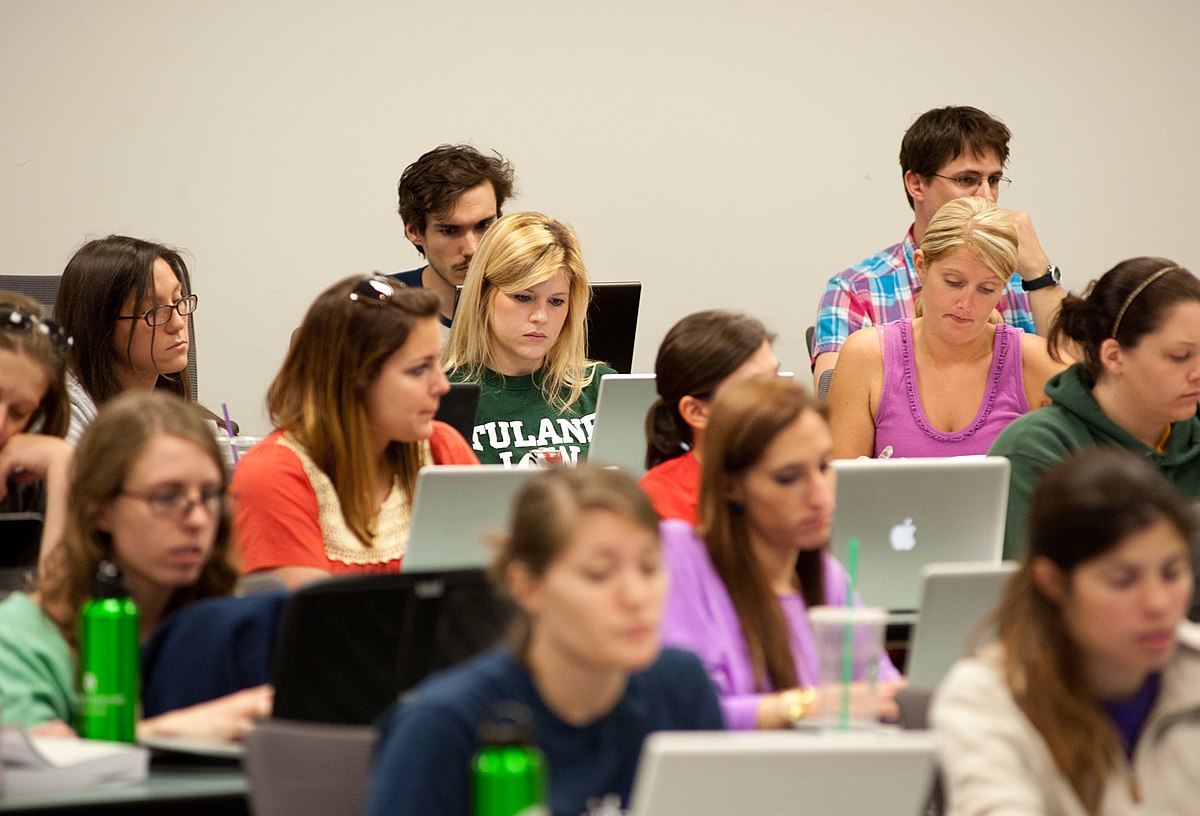
The advent of tech giants like Facebook, Twitter, and Instagram, along with the proliferation of smartphones and apps, has significantly transformed high school education. Local administrators acknowledge technology as a major recent change, seen in interactions between students and teachers through platforms like Google Classroom. Assistive technology is also used to support students with special needs during tests and beyond.
The evolution of standardized testing
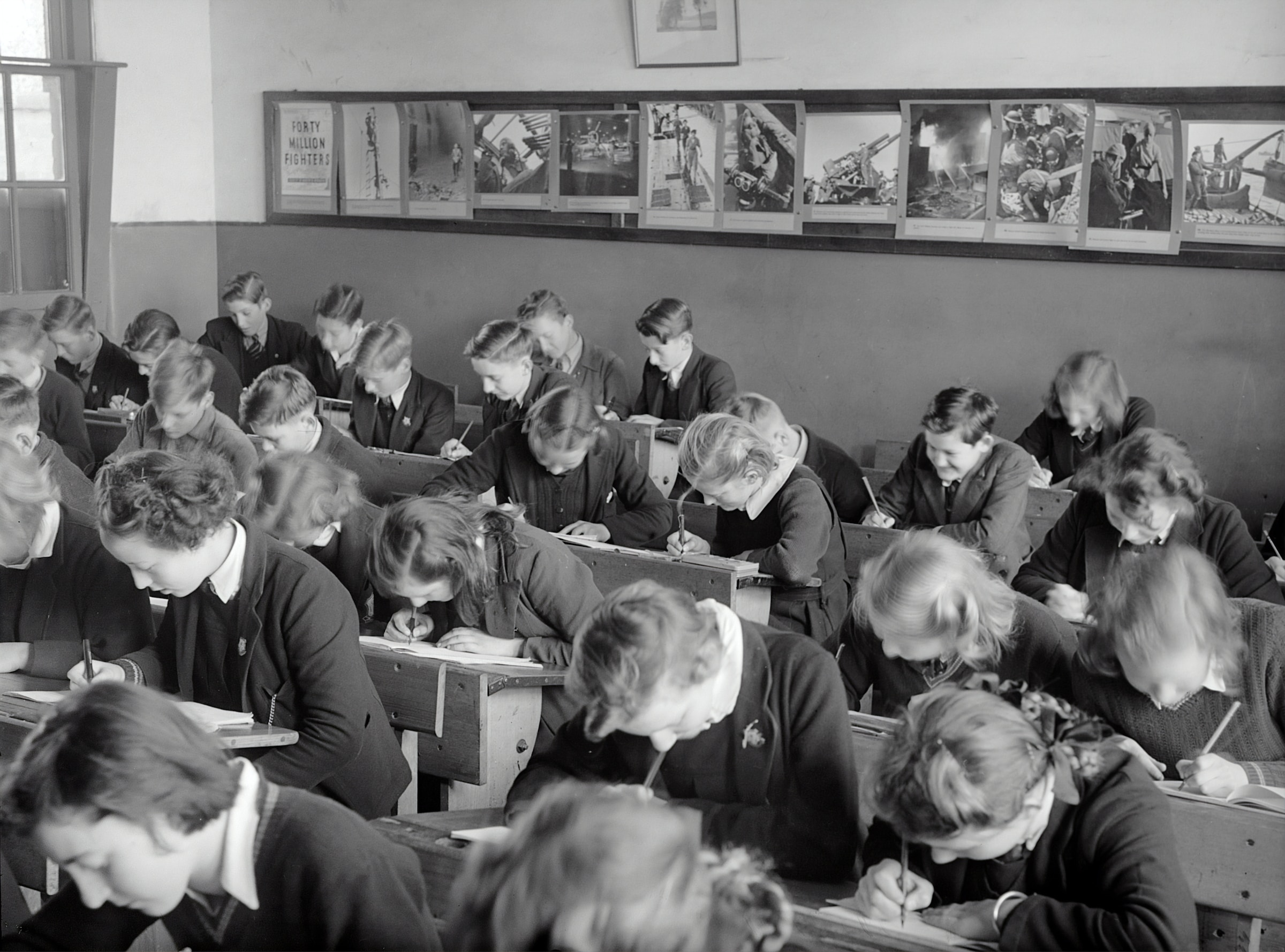
For 150 years, U.S. education relied on state-mandated standardized testing to assess performance. No Child Left Behind expanded this approach, testing students every year. However, progress was made with the passage of the Every Student Succeeds Act, reducing testing and separating it from high-stakes decisions. Although statewide assessments remain mandatory for high school, it marks a significant improvement over the previous one-size-fits-all accountability model.
The traditional school bus is getting an upgrade
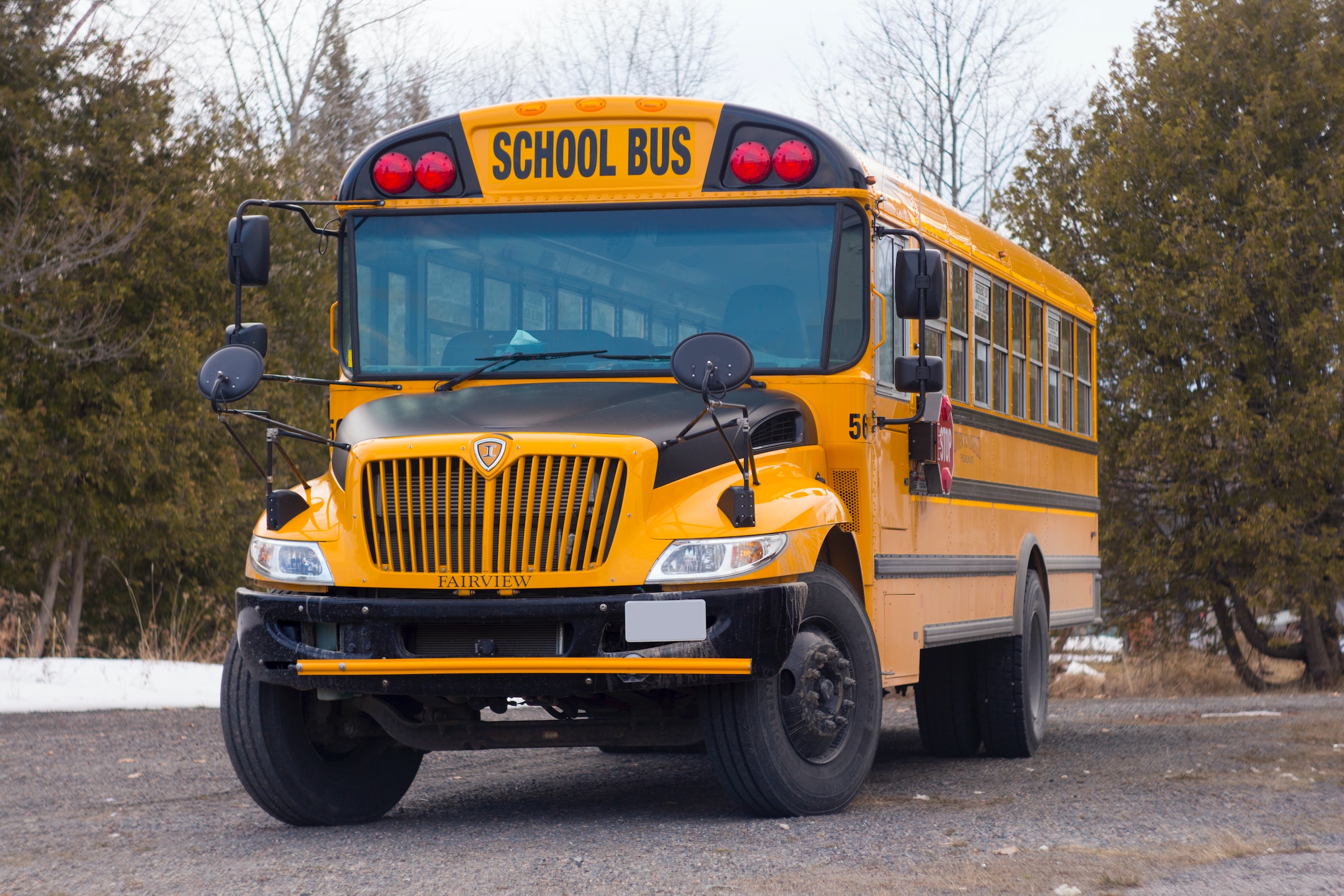
The U.S. government has unveiled a plan to revamp the antiquated school transportation system. With nearly $1 billion in funding, 389 school districts across all 50 states will replace old diesel buses with eco-friendly electric ones. This move addresses long-standing concerns raised by parents about the health and safety risks posed to the approximately 25 million children who use this massive transit system daily.
Access to online learning has exploded

Online learning has transformed high school education, granting students access to an extensive range of courses that may not be offered at their local schools. The flexibility of online learning enables them to balance academic commitments with extracurricular activities and personal responsibilities. Students can explore various subjects, delve deeper into their interests, and tailor their learning experience to suit their unique learning styles.
The strong focus on STEM learning

The emphasis on STEM education in the US has intensified, preparing students for high-demand careers in science, technology, engineering, and mathematics. Schools now offer specialized STEM programs, encouraging hands-on learning, problem-solving, and critical thinking skills. By fostering innovation and preparing students for future job opportunities, STEM education plays a vital role in the nation’s economic and technological advancement.
Education continues outside of the classroom
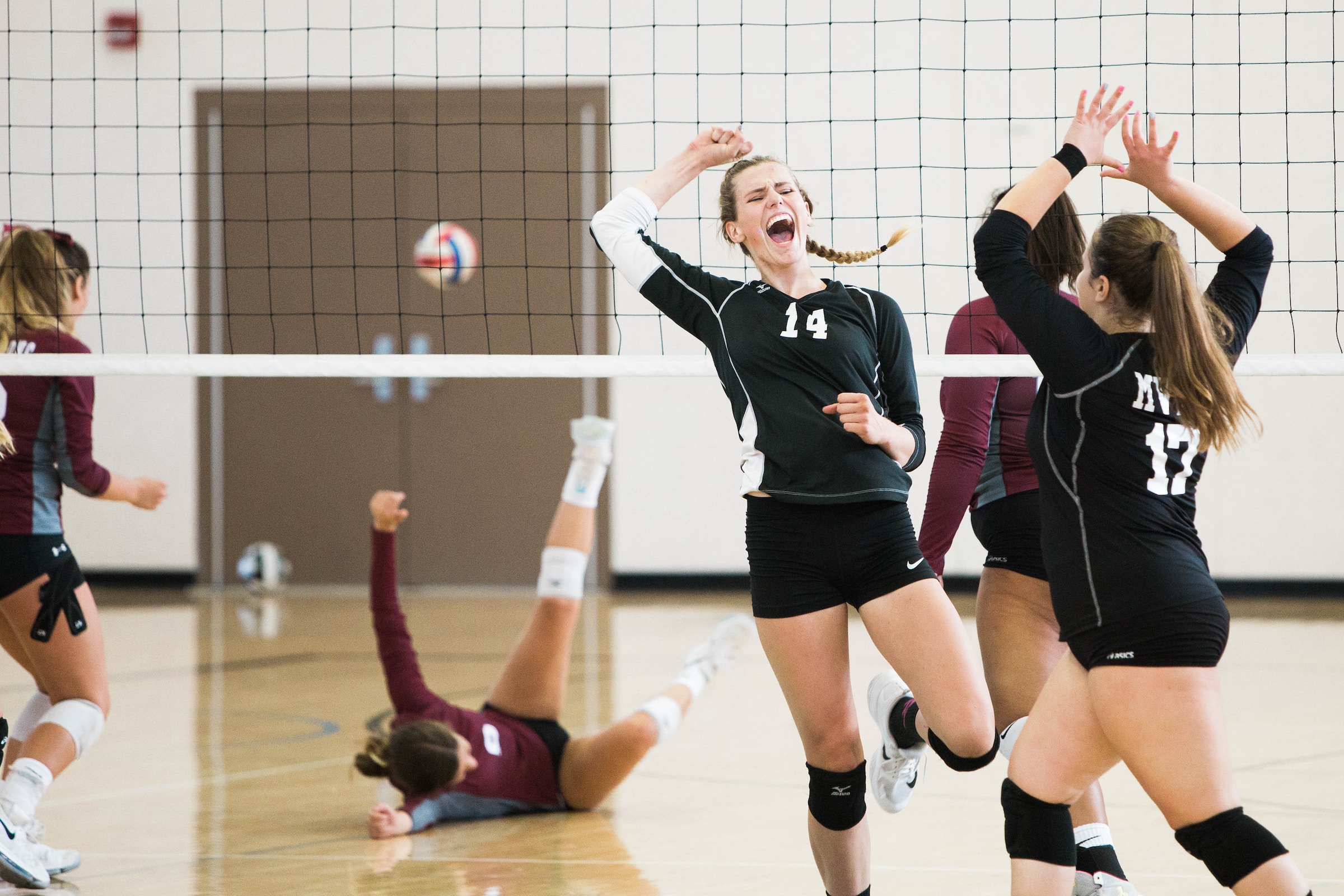
Sports and extracurricular activities have evolved into an integral part of US high school life, offering diverse options like debate clubs, robotics teams, and arts programs. These activities not only promote physical fitness but also foster crucial soft skills such as teamwork, leadership and problem-solving. They contribute to a well-rounded education, encouraging students to explore their passions and build character beyond the classroom.